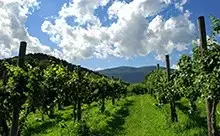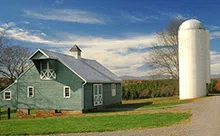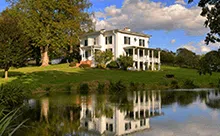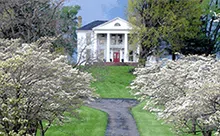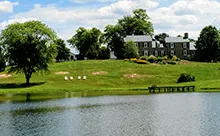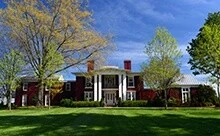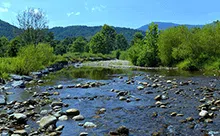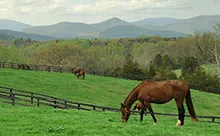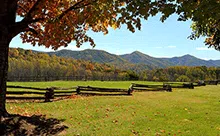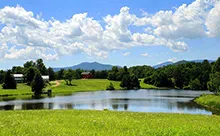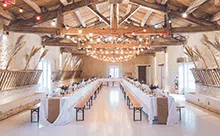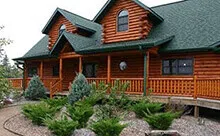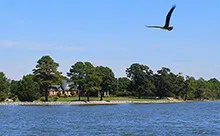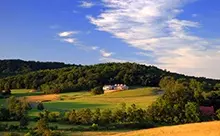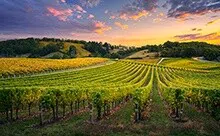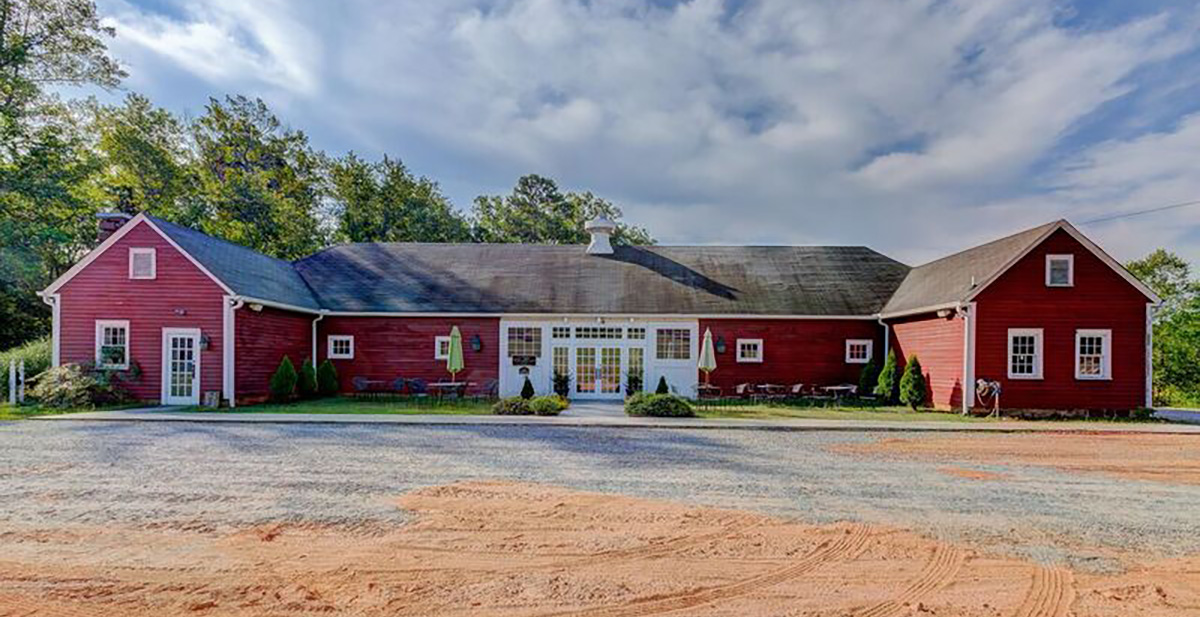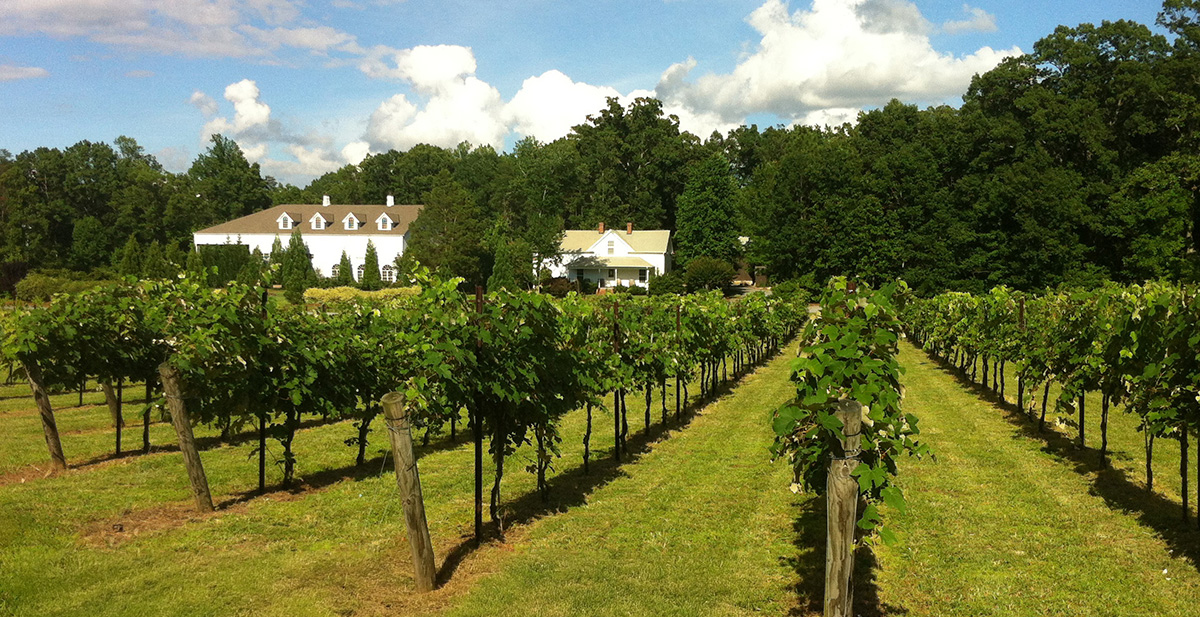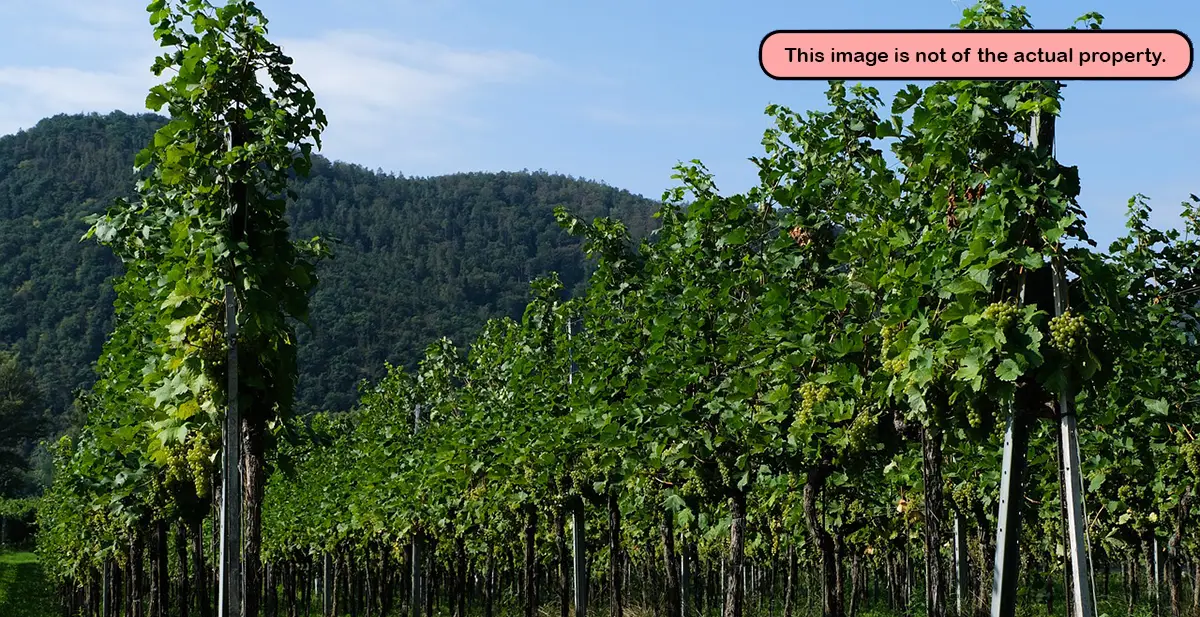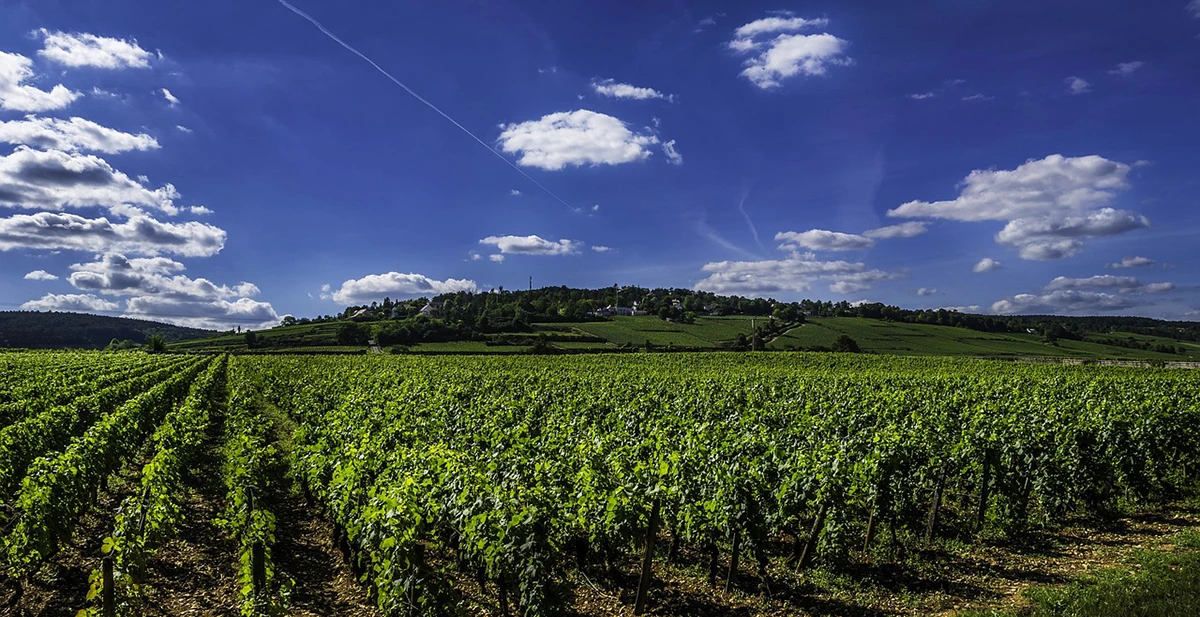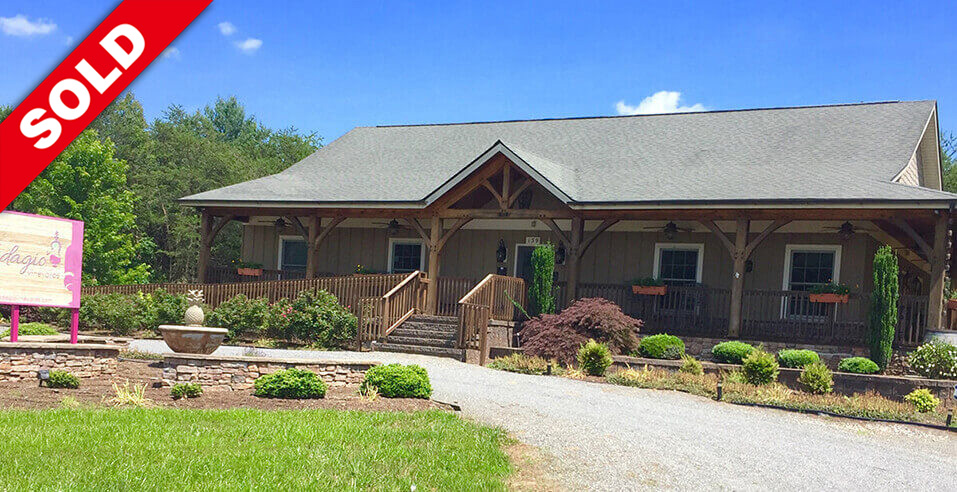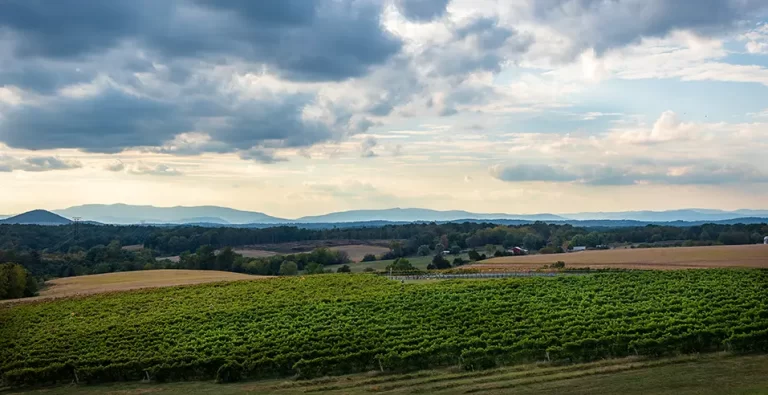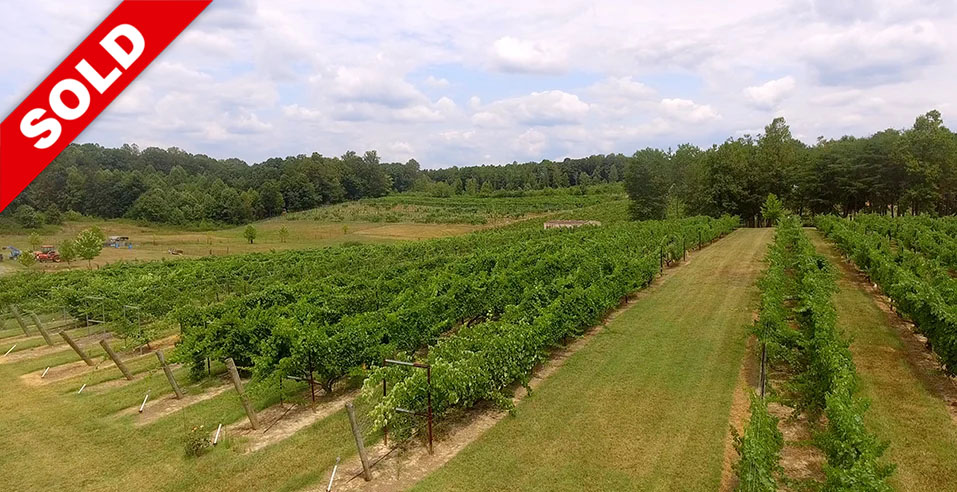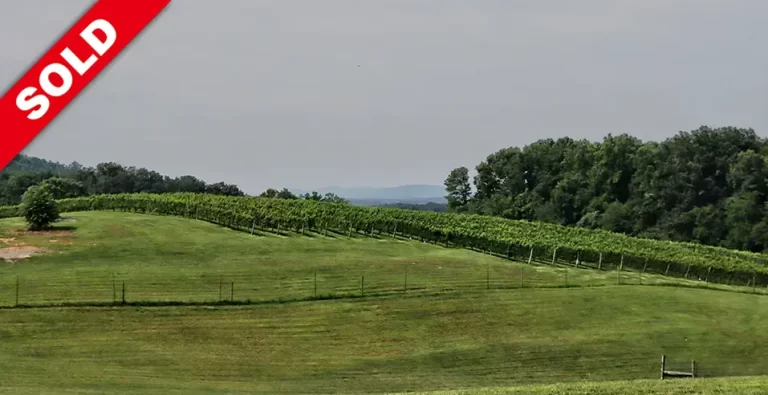home / wineries and vineyards / NC Vineyards and Wineries
North Carolina Wineries for Sale
Due to the delicate nature of marketing an on-going business many winery owners choose to privately and discreetly market their operation.
Virginia Estates works closely with a large number of wineries which are privately available for sale with production capacities ranging from 1,000 to 40,000 cases per year and priced between $900,000 and $20,000,000.
If you are a fully-qualified buyer in the final stages of the decision making process please contact Rick Walden at (877) 646-8800 for more information.
If you are considering the sale of your winery but are hesitant because of concerns about what your employees and customers might think, we have a very discreet marketing plan that will appeal to you and will not interfere with your ongoing business.
Click Here to Browse all the Private and Discreet Listings
For Immediate Assistance Please Call Rick Walden at 1-877-646-8800
Featured North Carolina Vineyard Properties
For more information on North Carolina Wineries call Tyler Williams, (703) 850-4914
![]() View our Sales Brochure which highlights our many successful winery and vineyard transactions.
View our Sales Brochure which highlights our many successful winery and vineyard transactions.
North Carolina Vineyards & Wineries
With over 24 years of vineyard and winery sales experience Virginia Estates discretely and confidentially represents the listing and sale of Virginia, Maryland and North Carolina’s finest vineyards and wineries, ranging in price from $1,000,000 to $22,000,000, with production capacities from 1000 cases to 80,000 cases per year.
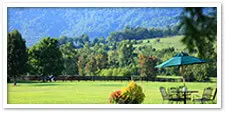 NC Wineries – North Carolina vineyards astound critics across the country with the unique, rich flavor profile provided by the area’s terroir.
NC Wineries – North Carolina vineyards astound critics across the country with the unique, rich flavor profile provided by the area’s terroir.
Each year, 1.3 million tourists flock to North Carolina’s vineyards and wineries to take in the beautiful views and enjoy wine that is somehow both familiar and distinctive, reflective of North Carolina’s terroir.
 The Ideal Elevation – While each of North Carolina’s climate regions fosters certain grape varieties, it can be more challenging for vineyards to produce consistently high quality yields in high elevations. Those interested in buying vineyards in areas with lower than average winter temperatures may be worried about disappointing crop yields. However, given the agricultural advancements that have put North Carolina wine on the map and careful management decisions, vineyards in traditionally difficult areas can be just as profitable as those in other areas of the state.
The Ideal Elevation – While each of North Carolina’s climate regions fosters certain grape varieties, it can be more challenging for vineyards to produce consistently high quality yields in high elevations. Those interested in buying vineyards in areas with lower than average winter temperatures may be worried about disappointing crop yields. However, given the agricultural advancements that have put North Carolina wine on the map and careful management decisions, vineyards in traditionally difficult areas can be just as profitable as those in other areas of the state.
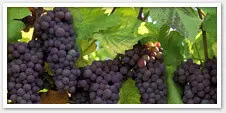 North Carolina Grapes – North Carolina’s various climate regions each provide the ideal growing conditions for certain grape varieties. These varieties are then crafted into a multitude of different wines that have gained recognition among wine connoisseurs across the country. One of the most important decisions a new vineyard owner must make is which type of grapes to grow; this decision will depend on demand and more importantly on which climate region the vineyard is located in. Learn More About North Carolina Grapes
North Carolina Grapes – North Carolina’s various climate regions each provide the ideal growing conditions for certain grape varieties. These varieties are then crafted into a multitude of different wines that have gained recognition among wine connoisseurs across the country. One of the most important decisions a new vineyard owner must make is which type of grapes to grow; this decision will depend on demand and more importantly on which climate region the vineyard is located in. Learn More About North Carolina Grapes
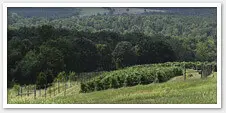 North Carolina Wine Trails – In the last two decades, North Carolina has become renowned as a producer of fine wine because of its native muscadine grape. While wine has been crafted in North Carolina for centuries, the industry has flourished in the last few years, with wine and culinary tourists flocking to the state’s world-class vineyards and wineries.
North Carolina Wine Trails – In the last two decades, North Carolina has become renowned as a producer of fine wine because of its native muscadine grape. While wine has been crafted in North Carolina for centuries, the industry has flourished in the last few years, with wine and culinary tourists flocking to the state’s world-class vineyards and wineries.
North Carolina Wines and North Carolina Wineries
From the first planting of the native Scuppernong grape over 400 years ago, North Carolina’s wine industry has grown to be the tenth largest in the nation and the fifth most visited state for wine and culinary tourism. Today North Carolina boosts over 100 wineries, 400 vineyards and three distinct viticultural areas.
The most commonly planted vinifera grape varieties include Cabernet Sauvignon, Cabernet Franc, Merlot, Syrah, Chardonnay and Viognier. They are planted in the Western and Piedmont regions of the state.
North Carolina Wine History
Over 400 years ago, the Scuppernong grape was discovered in the Cape Fear River Valley by French explorer and navigator Giovanni de Verrazano. The Scuppernong, which produces a sweet wine, became the nation’s first cultivated wine grape.
During the 1800s, the North Carolina wine industry thrived and at its peak had 25 wineries being fed by hundreds of vineyards, small and large. In this era, Weller’s Vineyard, later renamed Medoc Vineyards, lead the country in wine production. In 1900, after the industry recovered from the devastation of the Civil War, North Carolina wines won medals at the prestigious Paris Exposition.
Even before nation Prohibition, North Carolina eacted a statewide ban on alcohol in 1909 which effectively ended what had been a thriving wine industry. After the repeal of nation Prohibition in 1933, the industry struggled due to many counties in the state voting to go “dry”. However out-of-state grape exports still allowed grape production to continue and kept the industry alive through the 1960s.
In the mid-1980s two events occured that had a dramtic impact on the North Carolina wine industry. First, in 1985, the Biltmore Company opened a sprawling multi-million dollar winery on the grounds of the Biltmore Estate near Ashville. Then, in 1986, the state established The North Carolina Wine and Grape Council to stimulate the growth of the grape and wine industry.
With the turn of the century, the North Carolina wine industry saw a number of developments including the Golf Leaf Foundation which helps farmers transition from tobacco to grapes and the naming of three American Viticultural Areas.
North Carolina Terroir
With a grape-growing history of several hundred years, North Carolina developed America’s first cultivated wine grape, the aromatic Scuppernong, which produces sweet juice. The state’s wine industry now emphasizes the Vitis vinifera, French-American hybrid and labrusca varieties. North Carolina has three very distinct physical regions.
In the mountainous northwest, the climate is cool to warm, depending on elevation, which ranges from 1,000-6,000 feet. Soils are rocky and sedimentary in origin. While the higher elevations of the peaks aren’t suitable for grape growing, they form wind barriers which help regulate temperature and moisture.
Eastward is the Piedmont region, full of rolling hills and valleys. The temperature here is warm to hot, with an extended growing season. Piedmont soils, as in other areas of the state, are mainly sedimentary rock dating back hundreds of millions of years.
The third region, the hot, mostly flat coastal plain, has sandy soils with some clay and very little rock. In North Carolina, “Muscadine-grows-mainly-on-the-plain”, but it is impossible to grow vinifera grapes in these parts.
North Carolina Wine Regions, North Carolina Wine Trails
North Carolina wine regions include:
- Haw River Valley AVA
- Mountain Region
- Pedimont Region
- Sand Hill / Coastal Region
- Swan Creek AVA
- Yadkin Valley AVA
North Carolina Wine Trails are a great way to begin looking for a winery for sale in North Carolina.
- Brunswick Wine Mini Trail
- Charlotte to Asheville Wine Trail
- Cherokee Wine Mini Trail
- Coastal Plain Wine Trail
- Duplin/I-40 Trail
- Eastern Sandhills Wine Trail
- Haw River Wine Trail
- Heart Of North Carolina Wine Trail
- High Country Wine Trail
- Knotts Island Mini Trail
- Mountain Lakes Wine Trail
- Muscadine Heritage Wine Trail
- Piedmont Crossroads Wine Trail
- Piedmont Heritage Wine Trail
- Shallowford Wine Trail
- Southern Gateway Wine Trail
- Surry County Wine Trail
- Swan Creek Wine Trail
- Trails of One Wine Trail
- Triangle Wine Trail
- Upper Yadkin Wine Trail
- Uwharrie Mountain Wine Trail
- Yadkin River Wine Trail
Additional NC Wineries resource: www.visitnc.com/wine
For more information call Tyler Williams (703) 850-4914


















